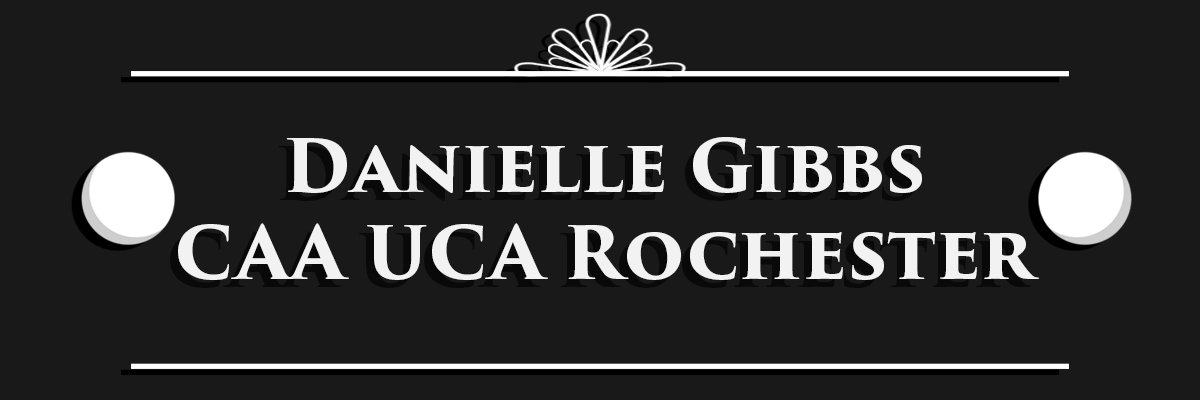The Lion King is a 1994 Disney animated film directed by Roger Allers and Rob Minkoff. It features the story of the lions in Africa, and the narrative is influenced by Shakespeare's
Hamlet. The film tells the story of a young lion Simba, who is next to be king to the disdain of his uncle Scar. Scar murders Simba's father Mufasa and puts the blame onto Simba, forcing him to flee and leaving Scar as the new King. Many years later after being rescued by a meerkat and a warthog, a now fully grown Simba returns to the wasteland of a Pride and overthrows Scar, taking back his rightful title as King.
The Hero of the film is presented quite clearly as Simba. He is forced to watch his father die at a young age, runs away and is rescued, and returns to his old home to overthrow the evil and insane King. It is quite easy to pick out throughoyt the film who exactly the hero is as it is the protagonist of the story, who sacrifices an easy and carefree life to accept his responsibility of returning home to the Pridelands and becoming King. When the hero is accepted as King it is represented how his rule over the land will affect the lives around him, the rain pours down from the sky, quenching the fire, and the barren wasteland of sand and dirt begins to grow back to life with grass, trees and flowers.
The Shadow character archetype usually takes up place as the villain, a character who has very negative flaws and personality traits, and within Lion King it is quite easy to spot the Shadow within the film, Scar. From the first moment we meet Scar he is torturing a quite innocent mouse, presenting his sadistic nature from the get-go. This escalates to when he becomes incredibly power hungry, kills Mufasa, chases off Simba and becomes King, only to focus on himself and let the entire Pridelands starve. It is only when the Hero defeats the Shadow that the Pridelands becomes healthy and lush once again.
The Herald character archetype is usually that of a character which convinces the Hero into answering the Call to Adventure, within Lion King the baboon Rafiki plays the role of the Herald. A now fully grown Simba is refusing to return home and help the Pridelands, and wants to stay in his carefree life, however the mysterious Rafiki appears and convinces him to accept his responsibility and return home, returning to become the Hero.
The Trickster archetype within the film is presented as the pack of Hyenas, specifically the hyena trio, who have a very sly and mischievous nature, as they taunt the young cubs when they enter their territory, attempting to kill them, however as they are incredibly clumsy and disorganised they fail. The hyenas soon grow in numbers and in power as they follow Scar, and become part of the new Pride. One aspect of the Trickster is that they can cut the ego down of a character, which the hyenas acheieve at the end of the film, cutting down Scar's power hungry ego and forcing him to feel helpless as they group of hyenas pounce on him and eat him alive.
Mentor Simba has many Mentor characters throughout the film for each stage of his life. When he was a cub his Mentor is his Father, teaching him how to stalk prey, and teaching him the ways of being a King. When his father dies two new Mentor characters appear, Timone and Pumba, who rescue him and teach him the ways of living a carefree life. Finally when he is fully grown and doesn't want to return home, the Herald character Rafiki also acts as a type of Mentor character, as he teaches Simba about his heritage and his responsibility, as well as convincing him to return home.
The hero has several allies through this film, these being Simba's childhood friend Nala, the meerkat Timone, the warthog Pumba, the baboon Rafiki and the Red-billed Hornbil Zazu. Simba starts out in the film with very few allies, the most significant being his childhood friend, but as the film progresses Simba builds up allies and those who will fight with him in the final battle which includes his friends and the entirety of the lion pride who fight with him against Scar and his hyena followers.
The Mother figure isn't shown greatly within the film but she is shown, caring for Simba and Nala when the two are young cubs, and even so when they are older, she is still grieving over the death of her mate and son, and cares for the now grown Nala. She is delighted to know that Simba is still alive, and cares for him as equally as she did when he was a cub.
The Father again is not shown for too long within the film but plays an important part within the film. Being a Mentor to Simba, and also too being a father, sacrificing himself to save his son from falling into the stampede. His death marks an important event within Simba's life as it is here where he flees from home and Scar is crowned King.
The Child is shown as the Hero himself in the first part of the film. Simba is playfully, curious, and fun loving, not thinking deeply about the responsibility of becoming King. His childhood innocence ends when he watches his father die and runs away from home.
The Maiden shown all the way throughout the film has been Nala. She has been Simba's childhood friend and is the only lion who finds Simba once he has run away. The two fall in love during a musical number but he still refuses to return to the Pridelands. When he finally returns and overthrows Scar she is by his side as he roars into the storm.



































